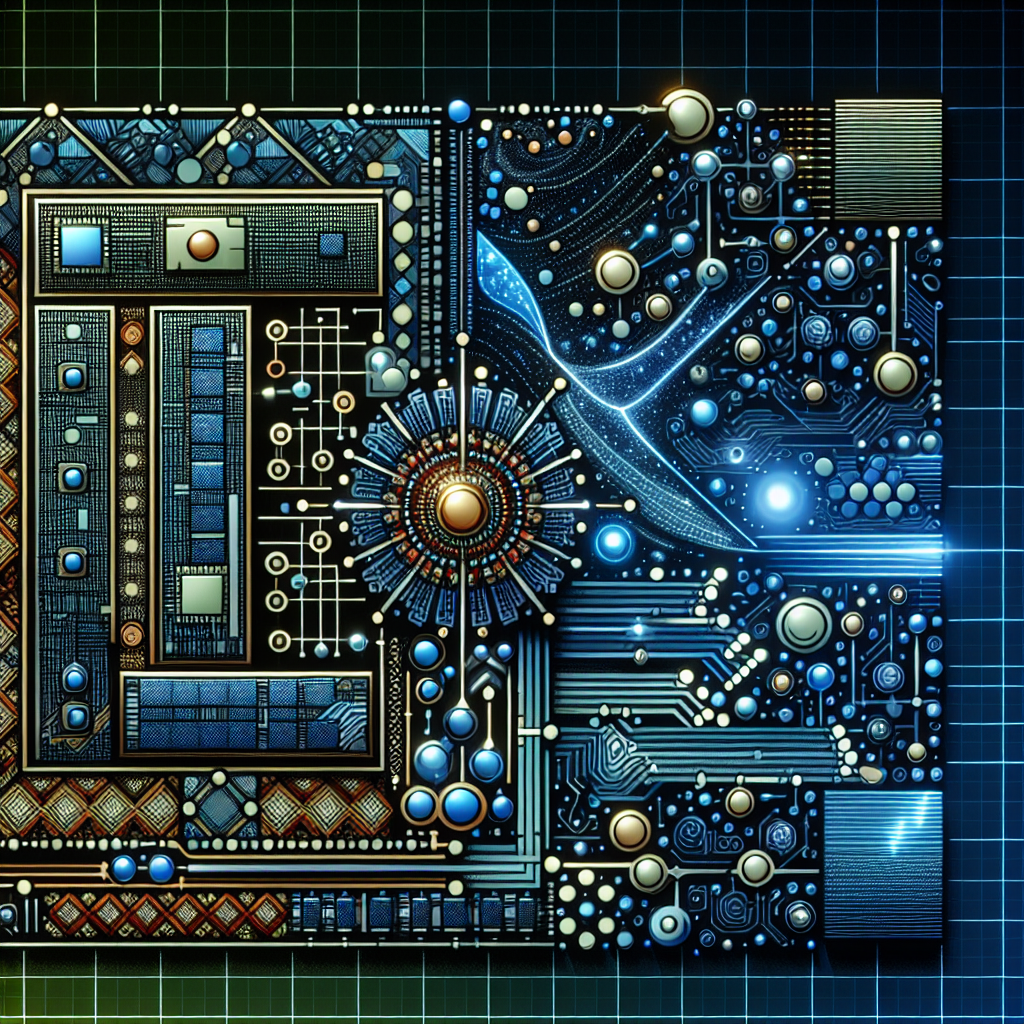Fix today. Protect forever.
Secure your devices with the #1 malware removal and protection software
In the fast-paced world of technology, innovation is key to staying ahead of the competition. One of the latest game-changers in the industry is the rise of non-volatile memory, a revolutionary technology that is transforming the way we store and access data.
Non-volatile memory, also known as NVM, is a type of computer memory that retains its data even when the power is turned off. This is in contrast to volatile memory, such as RAM, which loses its data when the power is lost. Non-volatile memory offers several key advantages over traditional storage technologies, including faster read and write speeds, lower power consumption, and increased durability.
One of the most popular forms of non-volatile memory is flash memory, which is commonly used in solid-state drives (SSDs) and USB drives. Flash memory has become increasingly popular in recent years due to its speed and reliability, making it an ideal choice for high-performance computing applications.
Another form of non-volatile memory that is gaining traction is phase-change memory (PCM), which uses a unique material that can switch between amorphous and crystalline states to store data. PCM offers even faster read and write speeds than flash memory, making it a promising technology for future computing devices.
The rise of non-volatile memory is also having a significant impact on the data storage industry. Traditional hard disk drives (HDDs), which rely on spinning disks to store data, are being replaced by faster and more reliable SSDs that use non-volatile memory. This shift towards SSDs is driving down prices and increasing storage capacities, making it easier for consumers and businesses to store large amounts of data.
In addition to its impact on storage devices, non-volatile memory is also revolutionizing other areas of technology. For example, it is being used in autonomous vehicles to store and process data from sensors in real-time, enabling safer and more efficient driving experiences. Non-volatile memory is also being used in wearable devices, smartphones, and other consumer electronics to improve performance and battery life.
Overall, the rise of non-volatile memory is a game-changer in the technology industry. Its speed, reliability, and energy efficiency are transforming the way we store and access data, leading to faster and more powerful computing devices. As this technology continues to evolve, we can expect to see even more exciting innovations in the years to come.
Fix today. Protect forever.
Secure your devices with the #1 malware removal and protection software

Leave a Reply
You must be logged in to post a comment.